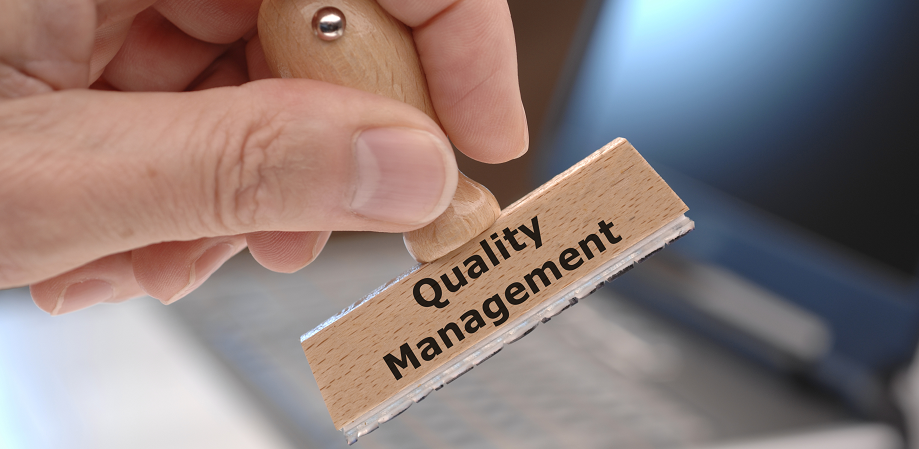Sofema Aviation Services (SAS) www.sassofia.com considers the source of our Quality Standards and looks at how to develop & how to manage.
Introduction – How do we Identify and Measure our Internal Quality Standards?
Setting Standards – We use standards as a reference point or benchmark by which we can measure what we are doing to ensure it fully meets expectations.
Standards may exist related to EASA requirements for example Implementing Rules IR or Acceptable Means of Compliance AMC thus providing a basis for monitoring, inspection, evaluation.
However, it is also possible and indeed beneficial for standards to also be developed to meet internal objectives.
- Standards sit hand in hand with the organisations process and procedure and enable a more detailed assessment of compliance with the organisations business process objectives and expectations.
- As we know the role of QA is to independently assess the process procedures and product to determine that the organisation is fully in compliance.
- We should also understand that from a practical point of view because quality standards are directly related to organisational policy, the standards need “ownership”.
- Consider that whilst the standards exist within the Quality Assurance Department, they do in fact impact the business area owners in a significant way.
- Therefore standards related to compliance with the regulation must be taken as a “given” whereas standards related to organisation best practice must be agreed and accepted within the business area.
Quality Assurance (QA) is essentially focused on the need to provide confidence that all quality requirements (QC related) are fulfilled.
QA Team Members Required Skill Set Includes:
- Should have a strong knowledge related to the specific subject matter.
- A well-developed set of interpersonal skills which promote a strong sense of diplomacy.
- Ability to understand multiple challenges for the auditee which contribute to the “why” of the finding. (A fundamental pre-requisite to being able to identify deeper findings).
How to move forward with managing our standards?
- Establish a strong set of procedures to ensure that all external requirements related to mandatory obligations are met.
- Establish a process to identify additional opportunities to develop “internal” standards but note that an essential attribute related to a particular stand must be Return on Investment (ROI) means that we MUST ensure that standards are working in a positive way for the organisation.
- Ensure that the Stakeholders in the process have the authority and capacity to support the process.
- Additional standards are beneficial to the organisation and should be developed with the objective of adding value as well as facilitating a process of continuous improvement.
Important Note – We should be able to ensure that additional standards are accepted and worthwhile.
Standards & Consequences
In respect of the potential consequences there are a number of factors which can be impacted please consider the following:
a) business policies and procedures;
b) supervisory behaviour and practices;
c) safety improvement goals as well as minimum tolerance levels;
d) management attitude toward quality or safety issues;
e) employee training and motivation;
f) the relationship between the regulatory authorities and product and service providers.
Organisational Approach to Auditing
It is necessary to ensure that auditors deliver a consistent approach to the audit, whilst there will always be some difference in approach the fundamental techniques which are employed should be the same for all auditors in a given organisation.
- Audits have distinct phases and it is necessary that each phase be understood managed and delivered correctly from the initial planning.
- Through the preparation of the check sheets to delivery of the audit review and acceptance of findings and acceptance of the mitigation validation of the root cause and final closeout.
An essential attribute of an effective auditor is to be able to understand the basic principles related to the EASA version of the Quality and Safety System including the role of Quality Control and Quality Assurance as well as how Quality Assurance should connect with the Safety Management System to deliver a stronger and enhanced organisation management system.
Should We Identify Improvements?
Whilst we remember that the fundamental goal of the audit is to ensure compliance, the possibility exists that the auditor may in fact add some value by identifying opportunities for system improvement.
- However, note the very important point that the auditor does not “own” the process and it may be deeply damaging for the auditor to “tell people how to do their job properly” (means if what we are auditing is in compliance with the regulatory and organisational requirements then we have essentially met the objectives of our task).
Notwithstanding the above comments, it is still possible to provide a positive contribution during the audit if we are able to identify a process which is clearly underperforming, such information which is shared in a correct and diplomatic way may indeed add value.
What Happens with Identified Hazards Found During The Quality Audit?
An experienced auditor may be able to identify a higher level of risk within a given business process than that which would normally be acceptable.
- In such cases, this should be announced and ideally fed into the system through the Safety Management System Data Capture Process.
- If the perceived risk (auditors subjective opinion) is in fact compliant with the regulations and organisations process there is essential “no finding”.
Next Steps
Follow this link to our Library to find & Download related documents for Free.
Please see www.sassofia.com & www.sofemaonline.com or email team@sassofia.com for additional details.
Sofema Aviation Services provides a 5-day course regarding EASA driven Quality Systems – To view course details check here – https://sassofia.com/course/easa-compliant-aviation-quality-assurance-senior-and-lead-auditor-course-5-days/
Tags:
aviation, Aviation Quality, Aviation Quality Assurance, Aviation Quality Audit, aviation quality control, EASA compliant, QA, Aviation Quality Auditing, AMC, Quality Control, Acceptable Means of Compliance, SAS blogs, Quality standards




